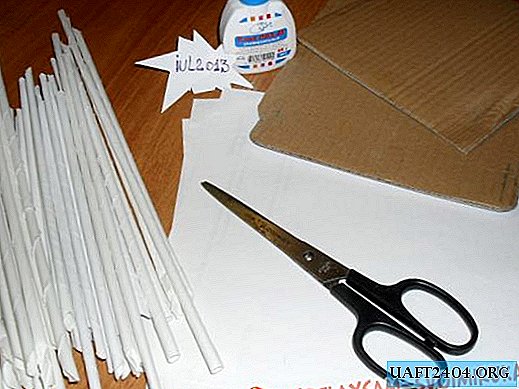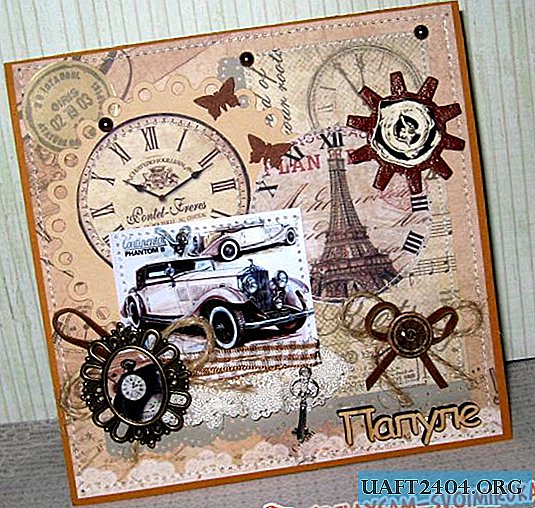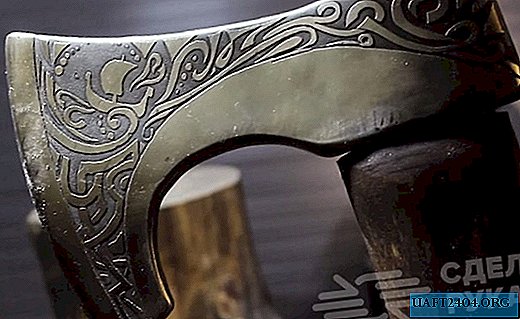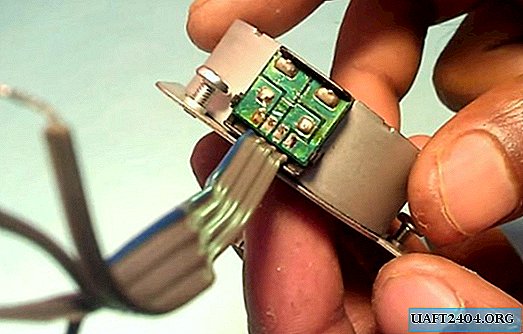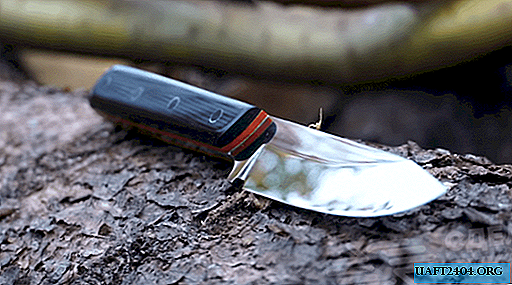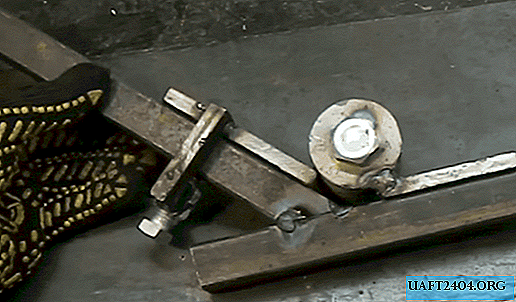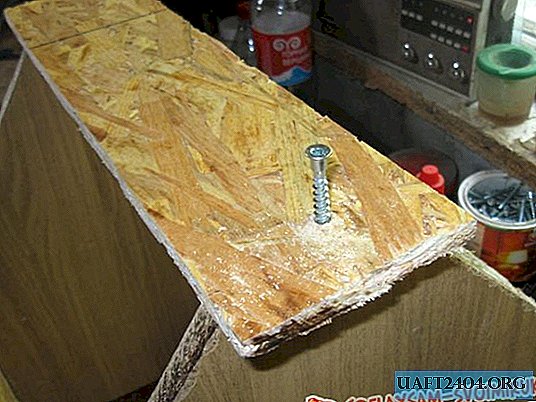Share
Pin
Tweet
Send
Share
Send
The mounted frame can be sheathed with drywall, plastic panels or gypsum sheets. The choice of cladding option depends on the finish of the plumbing.
If there was a decision to use plastic panels, then the frame is sewn with them immediately, directly on the metal profile. But as practice suggests, it is better to close the box with moisture-resistant drywall or gypsum-fiber sheet.
The advantages of gypsum materials are obvious. On them you can stick wallpaper, lay tiles or mosaics. And you can finish with decorative plaster or just paint. It all depends on the thickness of the wallet and the imagination of the homeowner.
In this article, we will focus on installing the box under ceramic tiles. During installation, a moisture-resistant gypsum fiber sheet (GVLV) was used. Moreover, it was mounted in two layers to increase rigidity.
Tools required for installation:
- Rotary hammer and drill with a diameter of 6 mm.
- Scissors for metal.
- Drill.
- Drill with a diameter of 4 mm.
- Countersink with a built-in drill with a diameter of 2.8 or 3 mm.
- Screwdriver.
- Building level or plumb.
- Roulette.
- Riveter for aluminum rivets.
- Marker or pencil.
- The square.
Materials:
- Guide profile PN 27x28 - 3 pcs.
- Ceiling profile PP 60x27 - 2 pcs.
- Aluminum rivets with a diameter of 4 mm - 20 pcs.
- The expansion bolt shield with a diameter of 6х40 mm or the expansion bolt shield nails 6х40 mm - 20 pieces ...
- Self-tapping screws 3.5x25 mm - 100 pcs.
- Self-tapping screws 3.5x35 mm - 100 pcs.
- Moisture resistant gypsum fiber sheet - 1 pc.
Operating procedure
First we find the most protruding sections of the pipes. This is done using a square and a building level. The level must check the vertical inclination of the pipes. Then, applying the square to the wall, and moving it to the pipe, mark the points that go beyond the dimensions. This must be done on both sides of the sewer riser.
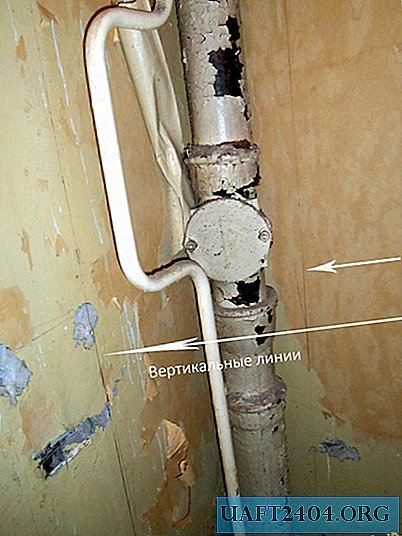
We retreat three centimeters from the previously made marks and draw two vertical lines with the help of the level. We measure the distance from the floor to the ceiling and with scissors for metal we cut off pieces of the guide profile of the corresponding length.
On previously drawn lines, we fix the guide profiles to the wall with dowels with a diameter of 6 mm and screws with a size of 3.5x35 mm. You can use dowel nails of the same parameters. It is better to drill holes in concrete walls with a perforator, and for brick buildings you can also use an impact drill.

In some bathrooms, the partitions between the bathroom and the toilet are made of lightweight concrete. They are thin, only about 60 mm thick. Holes must be drilled very carefully, especially if tile is already laid on the other side.
In order not to break through such a wall, it is necessary:
• At the puncher, turn off the shock mode and work without it, in drilling mode.
• At the end of the drill, make a stop equal to the length of the self-tapping screw by wrapping a little insulating tape or putting on a drilled cork from wine.
Next, you need to draw the dimensions of the box on the ceiling. Applying the square to the walls, draw perpendicular lines on the ceiling with a pencil. The intersection point of these lines will be the angle of the structure. We measure both distances from the walls with a tape measure.

We cut the guide profile first into the overall size. Then we cut it at the inflection point and fold it at an angle of 90 degrees, as shown in the figure.

Then we fix it to the ceiling with dowels and screws. You can do it easier and mount the corner of the box from two segments.
Now we need to find the lower corner point of our design. We cut the ceiling profile from floor to ceiling. We insert it into the upper corner profile and expose it with the help of a level so that it stands strictly vertically in both planes.

The outside corner of the profile will also be the bottom corner point.

Similarly to the upper corner profile, we produce the lower corner. It will be shorter due to the presence of horizontal sewage. We fix it to the floor, as well as the upper structure.

Install the cut off ceiling profile first in the lower corner, and then in the upper one. Then, with a drill with a drill of 4 mm in diameter, make holes in both profiles. We fix the entire structure with aluminum rivets.

Next, add a few stiffening ribs to enhance the load-bearing capacity of the metal frame. It is necessary to ensure that when drilling holes, the profiles do not lead to the side. It is advisable to mount stiffeners at the joints of gypsum sheets.

The turn of a covering has come. We take the sizes and cut the gypsum fiber sheet. The box can also be sewn from pieces. The main thing that you need to remember when installing the second layer of GVLV, the joints of the first sheet should not coincide with the second.
Cutting a gypsum sheet is a bit more difficult than cutting a drywall. First, we cut the GVLV with a knife along the marked line. Then we lay the profile or bar under the place of the cut and break the sheet. Gypsum fiber is a fairly fragile material and requires careful handling.

We fasten the cut pieces to the profile with screws 3.5x25 mm in size. You can use self-tapping screws for GVLV. But the profile is better to pre-drill, so it deforms less. You can use a special countersink with a built-in drill with a diameter of 2.8 or 3 mm. Then the GVLV and the profile are pierced, and in the sheet, an additional sweat is formed under the head of the self-tapping screw.

The second layer is mounted with longer screws 3.5x35 mm in size. The step with which the screws are screwed is approximately 150 mm. After installation, GVLV it is primed for better adhesion of the finish coating with gypsum. If painting or wallpapering is meant, then the gypsum sheet is also puttyed.

Share
Pin
Tweet
Send
Share
Send

